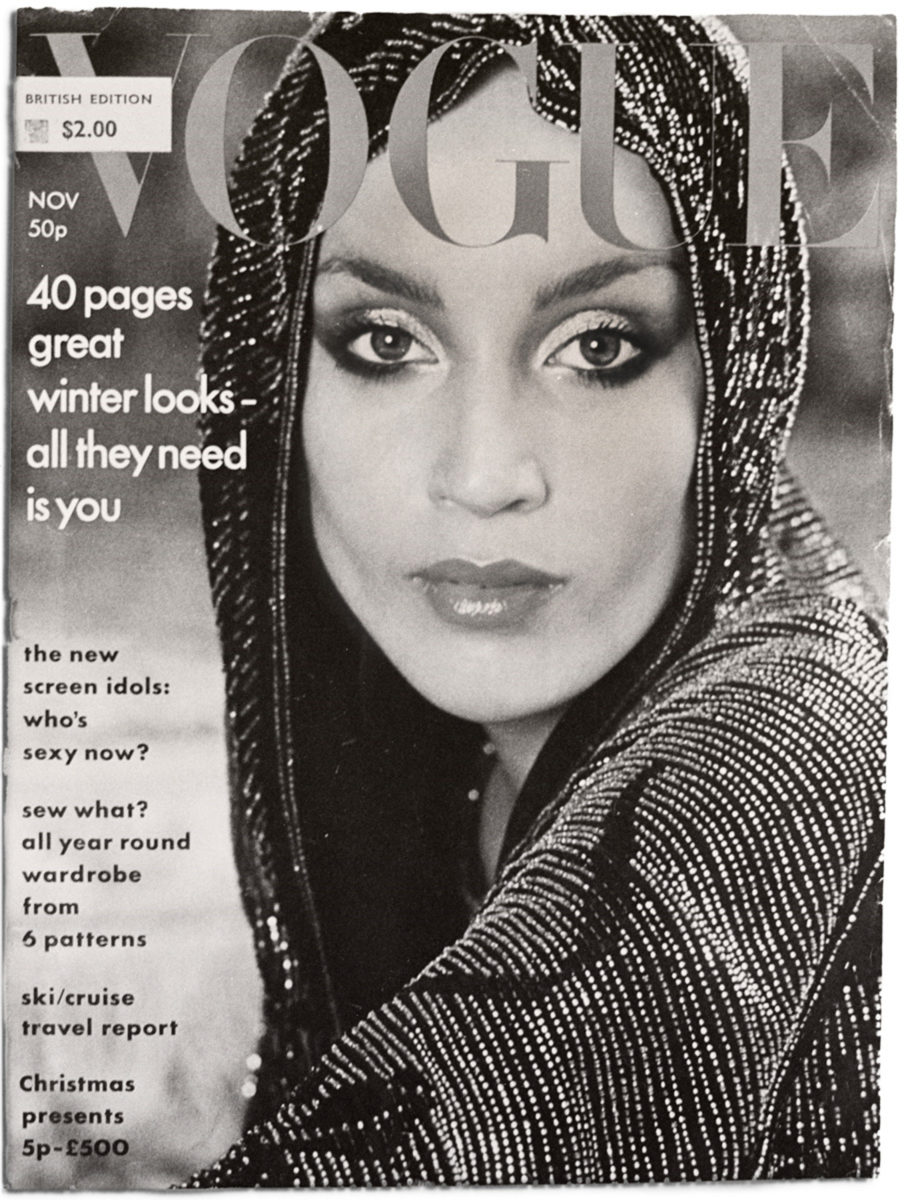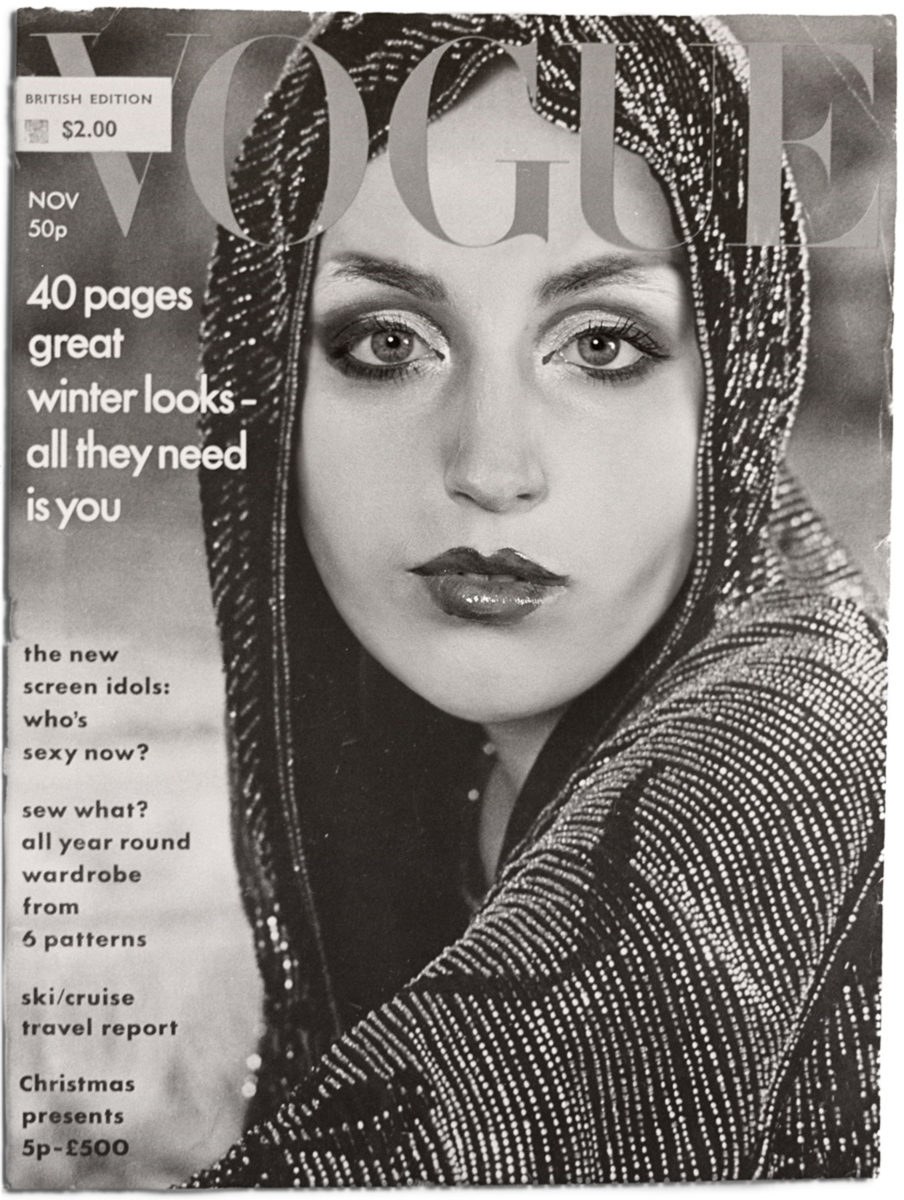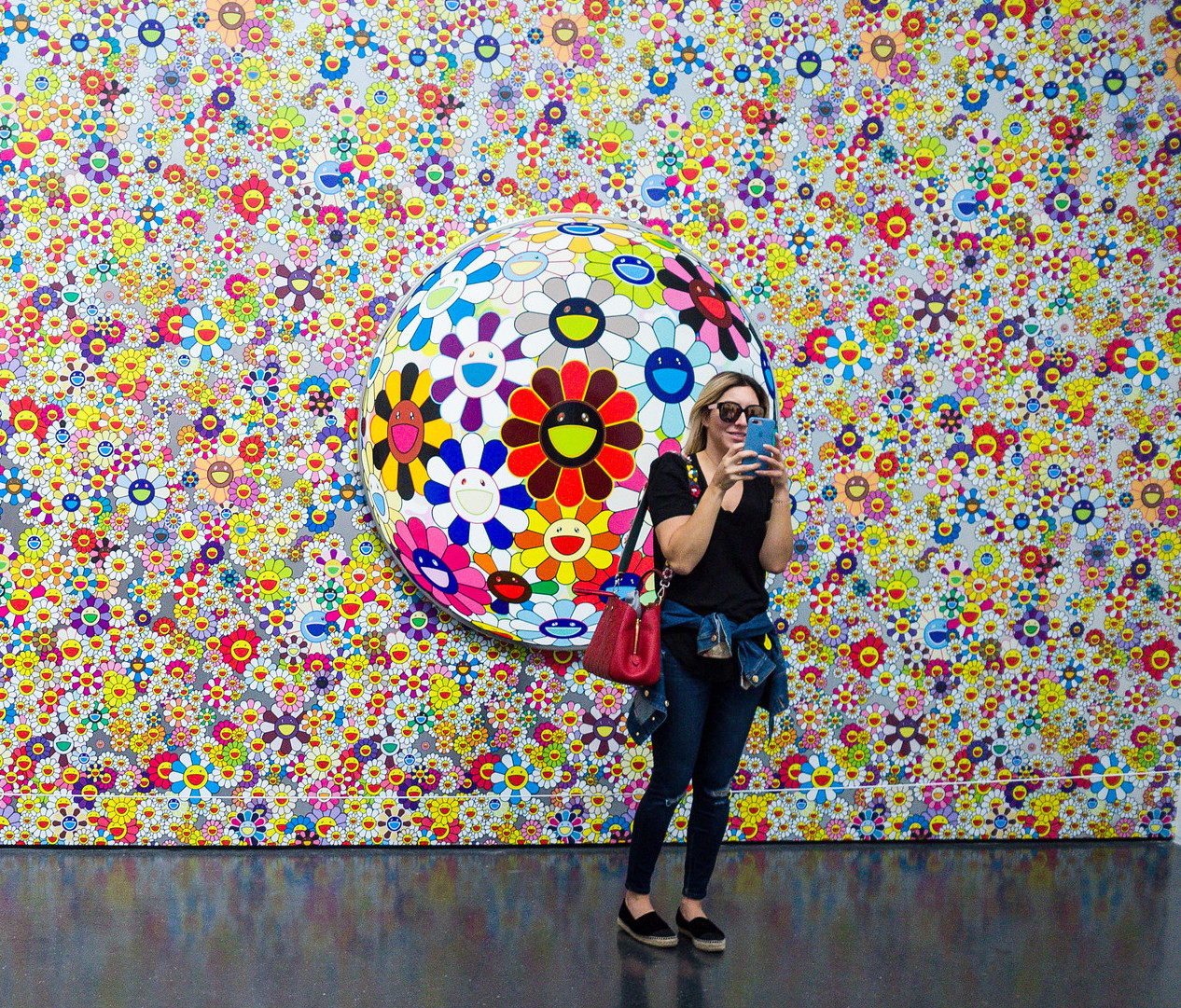
How is Instagram influencing the way we see art? I pondered this question after failing to register that my friend was showing me an image of some pretty prominent butt cheeks via her smartphone, prompting the question: “Has Insta broken your eyes?” Naturally, for someone who works in visual culture, the idea is pretty alarming, but it feels entirely possible.
Considering the constant stream of images that enter our retinas every day—not just via devices, but also in the real-life aesthetic superhighway of blockbuster exhibitions, advertising and everyday culture—visual compression is a reality we all face. The idea is nothing new, Nam June Paik foretold the impact of the Internet back in the 1970s, and there is plenty of advice (particularly during the summer holiday period) that points to the benefit of the digital detox.
The very particular effect of Instagram is, however, a phenomenon within itself, and I have often felt the unpleasant urge to snap, save and post as opposed to truly seeing what is in front of me. I have often explained away my mild obsession on the grounds that it is for work, not personal social activity, but that excuse only goes so far. In fact, images of works of art are particularly prone to being cropped and decontextualized, and the bombardment of posts related to a major exhibition or event can give you a weird sense of déjà vu when you actually experience it IRL.
“Without the app, I felt less inclined to take so many images”
With that in mind, I decided to have a rest and delete the app while on a family holiday. The effects were marginal. As someone who uses the platform mainly for professional use, and not hundreds of sunbathing selfies, it was an easy transition. I felt a great sense of release as my thumb’s reactive twitch slowly dimmed. No mindless scrolling, just more books and podcasts—bliss.
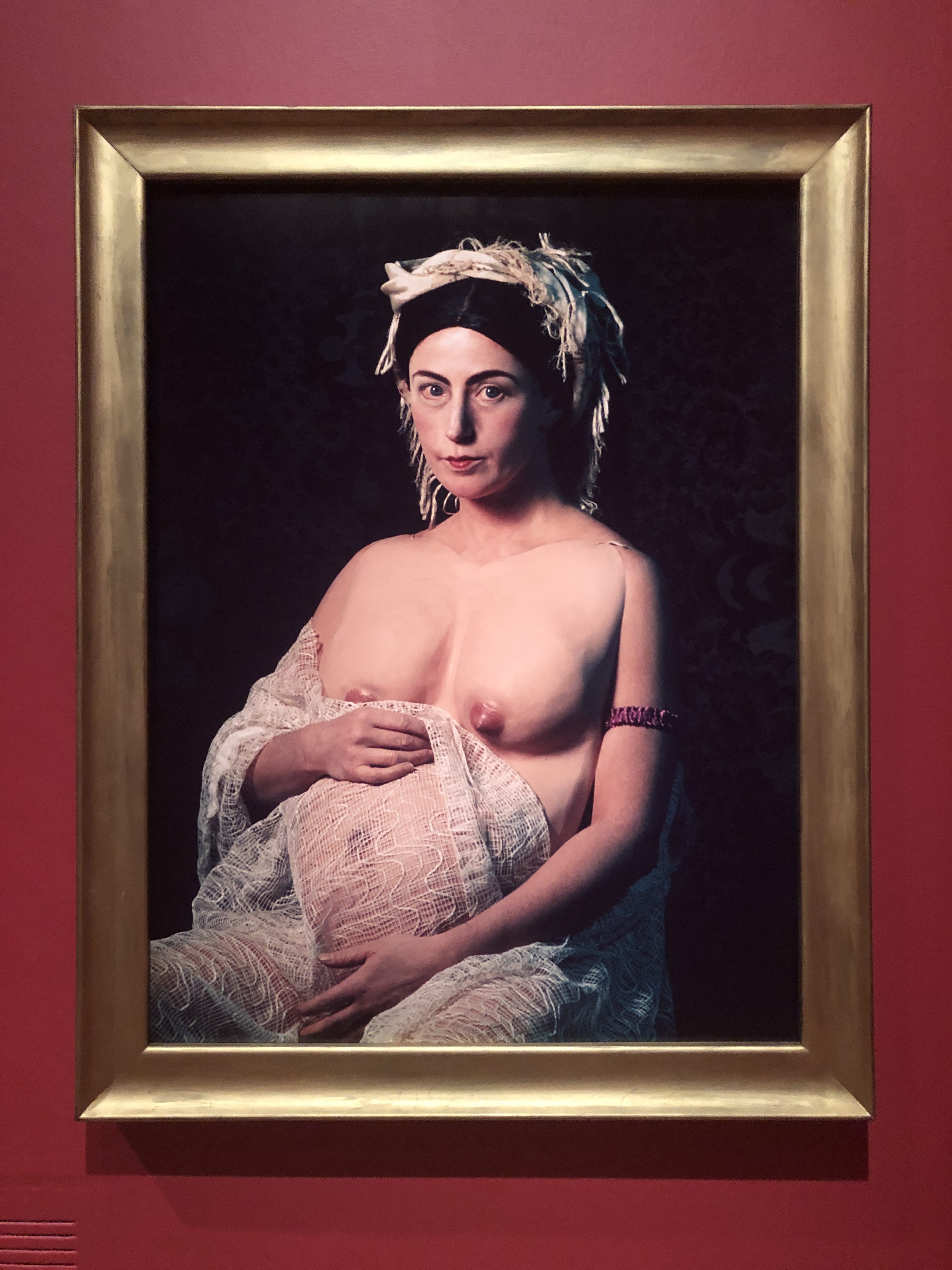
My second Insta blackout, back in London, was more enlightening. While in the throes of work, I found the urge to pick up my phone for a distracted mini-scroll was much harder to shake. I also lost all sense of navigation when it came to using my phone’s other functions. Without that little multi-coloured box everything was thrown off, and I accidentally opened my calculator about twenty times in an effort to resurrect the Insta ghost. I also felt an element of professional FOMO; a “pics or it didn’t happen” mentality that instilled some low-level anxiety for a few days, before (thankfully) petering off.
These emotional reflexes are pretty terrifying, but the most noticeable impact was undoubtedly my experience of actually viewing works of art. As a journalist I often attend press previews, where photography bans are usually non-existent. It gives you the freedom to snap images of the works and captions for reference, which can be invaluable once you sit down to write, but on reflection can be pretty damaging for your memory recall.
Without the app, I felt less inclined to take so many images. I spent longer with the works and was more selective in my picture-taking. The frenzy to capture everything seemed lessened and I had a better, more articulated view of what I had seen when I reflected later on.
I also noticed that in a quest for Insta-friendly content, I might have previously placed emphasis on work that was not necessarily of the highest merit, but would certainly look good. It is a trend seen the art world over, where artists and galleries put eye-catching work front and centre, the buzz around the piece being of comparable importance to an actual sale.
During my detox, I visited the Cindy Sherman retrospective at the National Portrait Gallery, on a busy Sunday. It is apt to visit a show based around doctoring one’s own image via photography, whilst trying to dissect your own relationship to Instagram. I’d usually have attempted to catalogue as many works as possible, but I only took two in this instance. (One made it up on the Gram when my break was over. Old habits die hard.)
Sherman has in fact used the platform as a constant work of art within itself, employing filters to distort her face beyond recognition. Many have argued that the “selfie” is another, valid form of self-portraiture (such as the Saatchi gallery exhibition Selfie to Self-expression) for which there is obviously a valid argument, but the benign “selfie with a work of art” trend is a nightmare.
The sight of people spending their time concerned with how they look in front of the art instead of the object itself is groan-inducing, and something I’ve always abhorred, particularly when it is actually damaging. For example, at Chiharu Shiota’s show at Blain Southern late last year, I witnessed multiple people climbing under a delicate string sculpture to pose (one even opened an umbrella) while staff winced.
Similarly, at Art Dubai, a woman interrupted the closing moments of Samson Young‘s performance piece Muted Lion Dance #2, inserting herself in between the dancers to pose for a selfie. She was blissfully unaware that the audience was collectively shooting her daggers. When a staff member quietly asked her to move on, she berated him. It is as if art has become set dressing, where influencers and punters dress to match the work, scout out the most visually pleasing piece, and use precarious means to get the right shot.
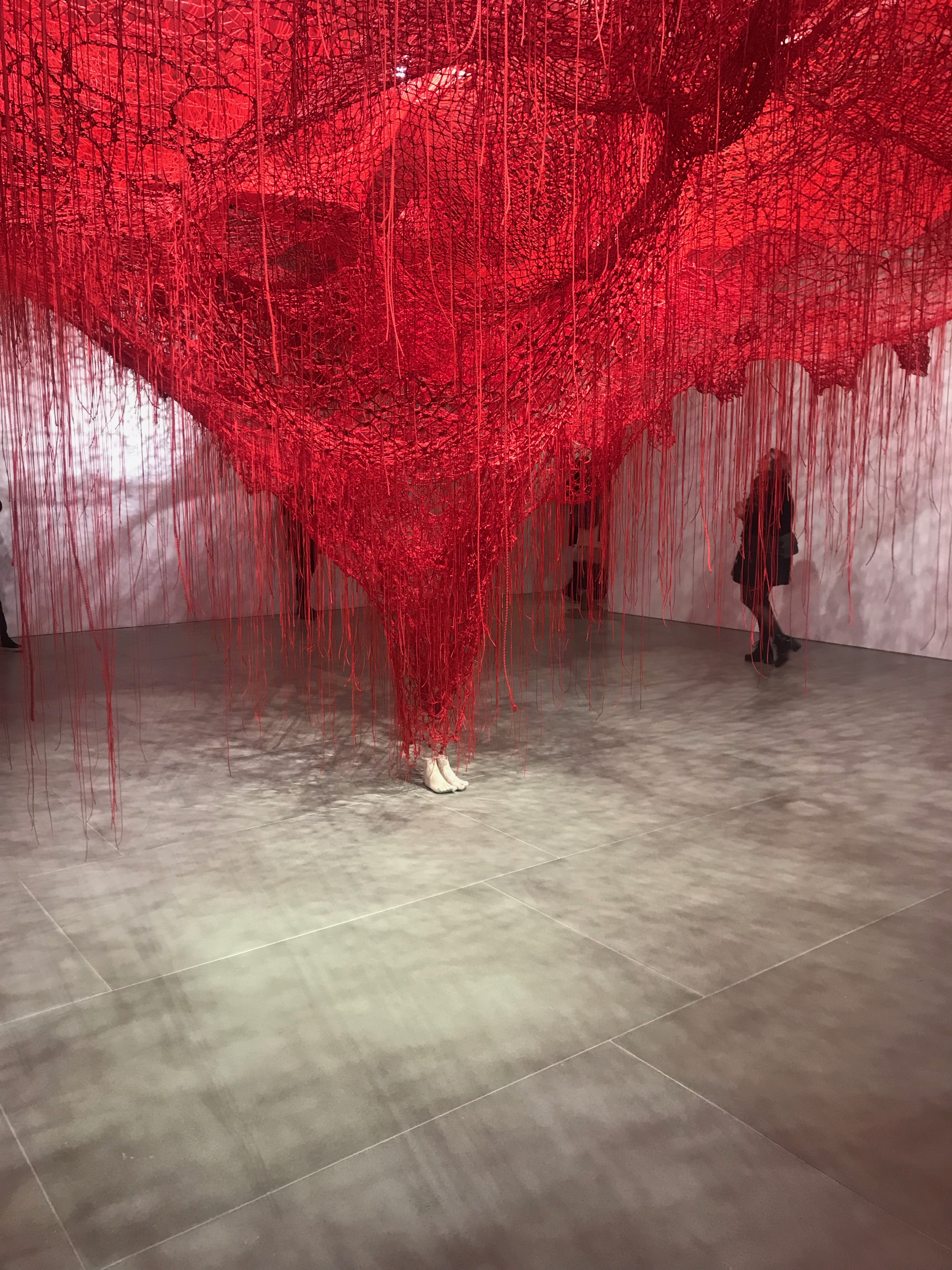
Back at the Sherman show, where certain individuals seemed hell-bent on inserting themselves into every viewpoint, I also noticed the subtler version of image production. A few people scanned the show with rapid intensity, before pausing in front of a single work and taking a whole range of snaps in an effort to best document the event, zooming, scrolling, cropping and filtering on the spot. It completely erases the careful, considered aesthetic decisions of the artist in favour of something more easily digestible.
One person didn’t appear to view a single work without the framing of her smartphone. It reminded me of a trip to the Rijksmuseum, one of the first institutions to lift the photo ban, where tourists huddled with iPads to snap Old Masters and I was even tutted at for getting in the way of a shot. The irony being that every image in the collection is available as a high-res download via the Rijksstudio site.
- © Cindy Sherman
There is something so strangely performative about these actions. In the purest sense, the traditional idea of communing with a work of art is based on a singular relationship between the piece and the viewer, devoid of diversion (which is rarely possible in a busy show). But nowadays so many of us experience art through the relationship to our phone. It creates a strange blinkered bubble that somewhat shields you from the actions of others. At the Sherman show, with my urge to post dampened, I kept my phone away, and was amazed by the sea of distractions created by self-takers and other impromptu shoots. Was I ever this insufferable?
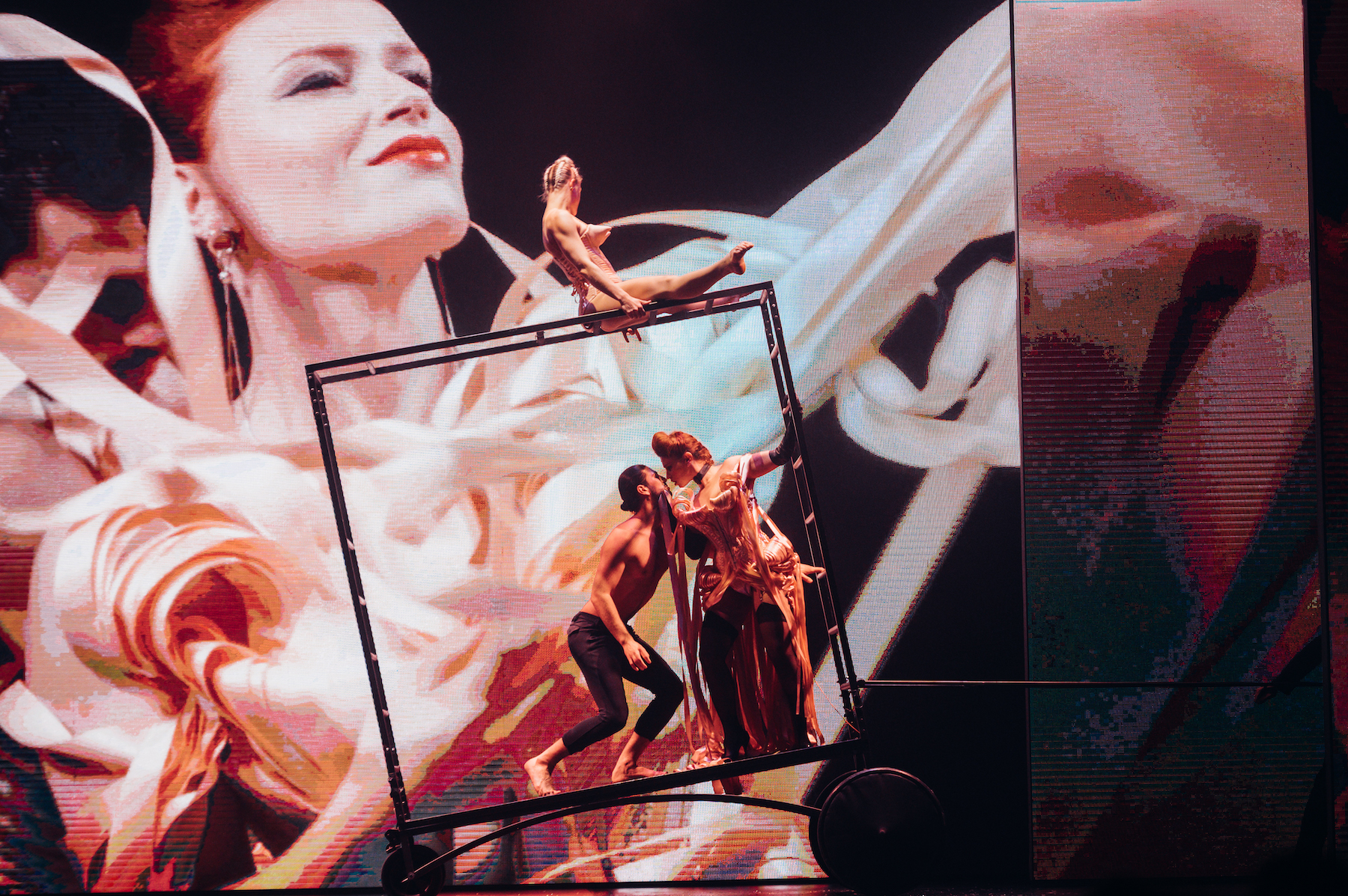
I felt similar frustrations at Jean Paul Gaultier’s Fashion Freak Show, a contemporary Folies Bergère at the Southbank Centre. Theatre is one of the last sanctuaries from picture-taking, where rules are still enforced with rigor. But I was shocked by the number of people who flouted the guidelines in this case. The announcement forbidding cameras “in respect for the performers and the production” was largely ignored, sometimes secretly, often flagrantly.
A woman sitting in front on me picked up her phone around fifteen times, streaming video and framing square-dimension shots. When I asked her to put it down and stop obscuring my view, I was met with sneering consternation. I was obviously perceived as a pious do-gooder.
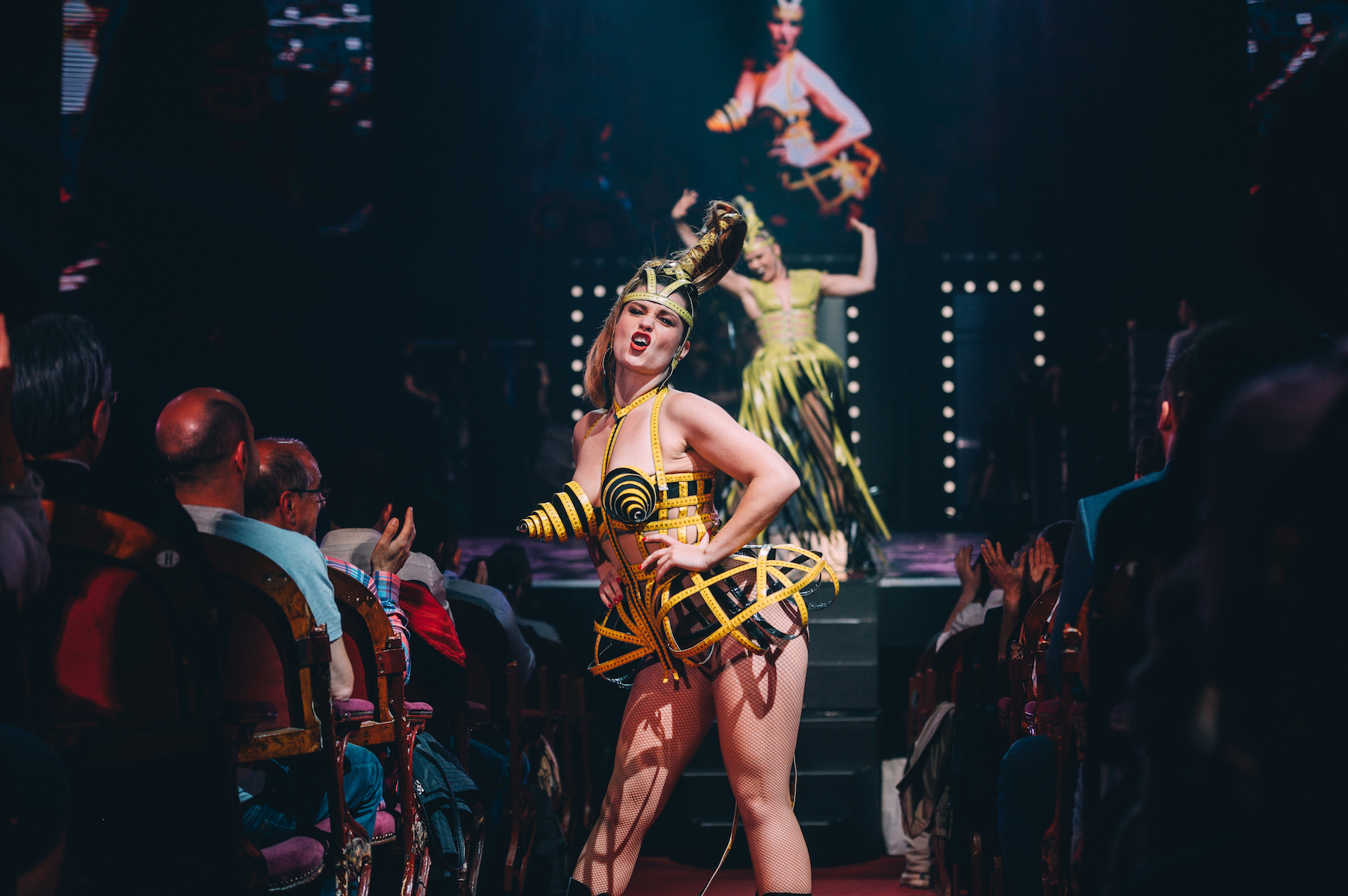
These actions ruined the magic of the experience and compromised the view of others, but it surely flattened her own enjoyment too. Gaultier’s epic production is a feast for the eyes that compels your line of sight to travel across the stage, from dancing corseted bears to trapeze artists and voguing models. Theatre is, by its very nature, designed to be immersive and experienced live. How could you possibly capture it through a blurry phone picture, let alone engage with it? The result is something akin to digital amnesia, where we fill our feeds with images of something we can barely recall.
This depressing revelation has had a lasting impact on my Instagram crutch. I’ve begun deleting the app every time I feel the urge for too much mindless scrolling and removing my phone from situations I should be otherwise engage in (even television), which has helped reset my brain. It’s also reopened my eyes to the huge volumes of imagery I take—to ensure one shot for the Gram and possibly for reference—in a way that is utterly exhausting. Like so many of us, I wasn’t aware of my level of addiction, and taking control of the situation has helped me see clearer, in every sense of the word.
